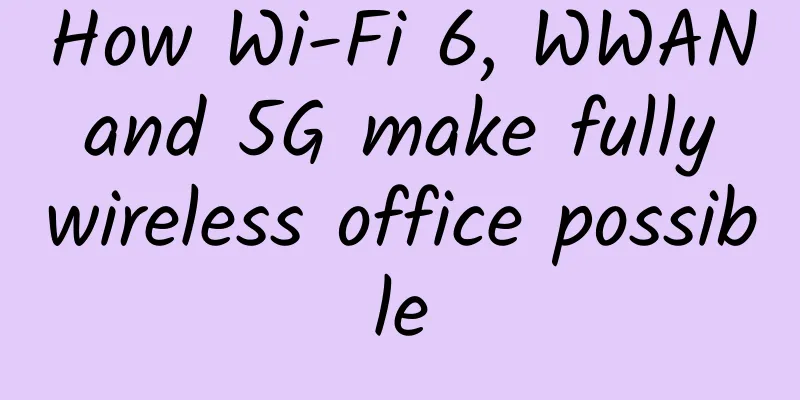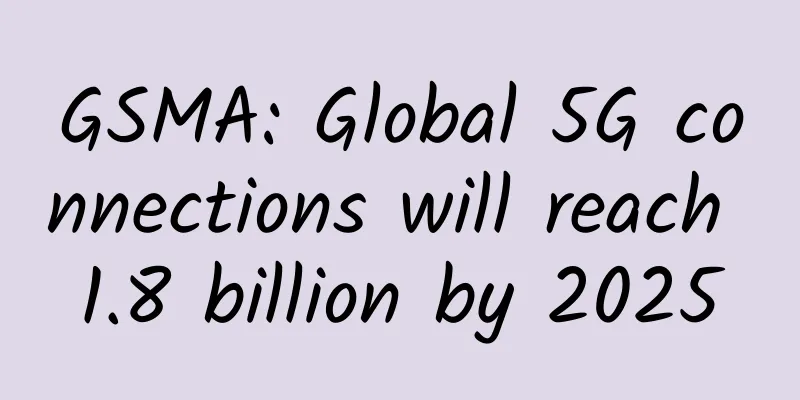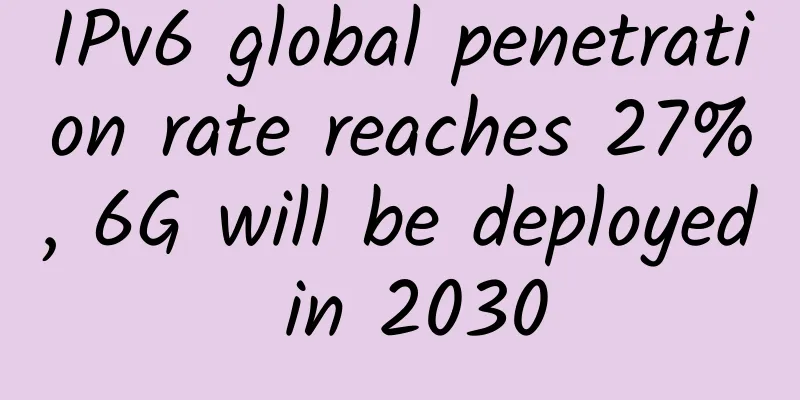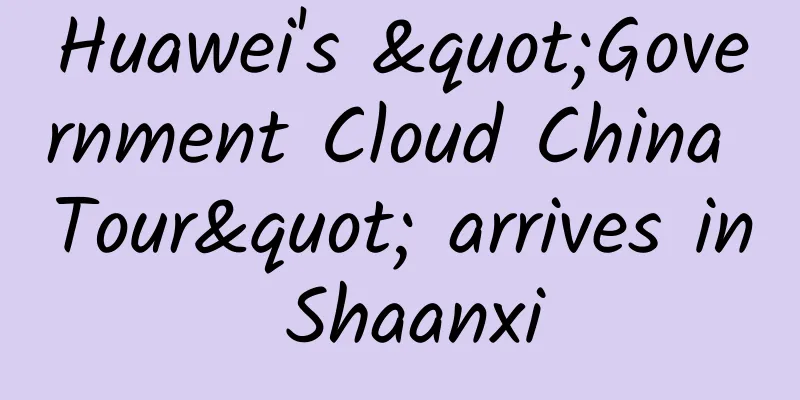8 myths about 5G
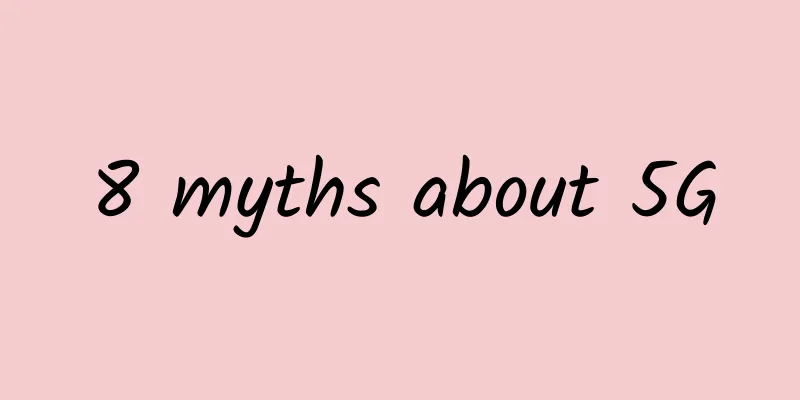
|
5G is the next generation of wireless broadband technology that will make a huge advance in global connectivity. Although this new technology will not be rolled out globally until 2020, the opportunities it will provide are exciting.
The evolution of cellular mobile standards from 2G to 5G has brought about major changes in technology that have revolutionized the way people live and work. Virtually all devices with microprocessors in the world will be connected to the Internet in the future, and these devices rely on high-quality, fast and secure network connections. Yet we are only beginning to understand the impact this new technology will have on business and society at large. Some of these benefits are obvious, others are more subtle. And, with its development and the hype surrounding it, many myths have also arrived. Here are 8 common myths about 5G and the realities behind them: 1. Higher connection speed. Providing high-speed data to users is one of its key goals, while low latency and high capacity are other key goals. 2. End-to-end latency is less than 1 millisecond. Although the ultimate goal of 5G networks is to provide latency of less than 1 millisecond, the network will have to be fully deployed before that goal can be achieved. 3. Smartphones will dominate the 5G market. Smartphones emerged during the 3G era and have exploded in popularity. However, 5G will not only enable faster and better smartphones, but will also bring mass consumer devices, sensors and applications for smart homes and cars, as well as other Internet of Things (IoT) devices. 4. It is only used for short-range, line-of-sight communications. 5G uses millimeter wave frequencies, which are ideal for short-range communications. However, ongoing experiments show that techniques such as beamforming can achieve greater coverage for users in challenging environments beyond line of sight. 5. It is only used in high frequency band. While 5G will be deployed in very high millimeter wave frequency bands, it will also use lower band spectrum, both licensed and unlicensed. 6. 4G will be replaced. 5G will coexist with 4G for a long time to come. 4G can provide sufficient functions for many current applications such as voice, data and even the Internet of Things. 7. It will serve as the main connection method for the Internet of Things. The low latency and high speed of 5G provide great development space for the Internet of Things, but there are other technologies that provide network connection services for the Internet of Things, such as LoRa and Sigfox for low-power wide area networks. 8. The main beneficiaries will be operators and suppliers. Mobile network operators, network equipment manufacturers and smartphone manufacturers are the main business beneficiaries of 4G networks. However, 5G will transform many industries, including automobile manufacturing, agriculture, transportation, entertainment, health and medicine. While the technologies that make up 5G are still being developed, it is clear that it will have three main use cases, these are:
Based on these technological changes, the future will undoubtedly be exciting! |
<<: How did Beiming Software and Huawei achieve new highs in cooperation performance?
>>: Ruijie Smart Town E-Day Tour
Recommend
RAKsmart cloud server $1.99/month, Hong Kong/Japan/Singapore/Los Angeles/San Jose data center
RAKsmart cloud servers also participate in the ye...
How to use logview to diagnose slow jobs in MaxCompute
Here we divide the problems of slow task running ...
The data center dilemma: Is data destroying the environment?
Nowadays, many people ask the question, is data d...
5G spreads the new coronavirus? Foreigners took it for granted and many 5G base stations were burned down
According to foreign media reports, recent conspi...
How to solve the TCP packet sticking and unpacking problem when using Netty communication? The answer is so simple
[[311931]] This article will explain the followin...
API security representative manufacturer! Ruishu Information is selected into China's data security development roadmap
On August 26, IDC, a leading global IT research a...
Soul-searching question for TCP: Are you going to surrender?
TCP three-way handshake packet loss What happens ...
Python Programming: How Much Do You Know About Core Protocols: Function Protocol Numbers and Context Management Protocols
Preface In the previous few articles, several cor...
The countdown to global 5G commercialization begins: an overview of the industrial landscape of various countries
In 2017, the global 5G mobile communications era ...
CloudCone: $16.5/year - 1GB/50GB/3TB monthly traffic/Los Angeles data center
CloudCone has released a new promotional package,...
5G messaging is about to be launched in the commercial use countdown
5G messaging is regarded as a major business inno...
Ministry of Industry and Information Technology: Increase support for 5G enhanced technology and 6G technology research and development
The Ministry of Industry and Information Technolo...
Zhang Jinrui, Beijing Municipal Bureau of Economics and Information Technology: Beijing accelerates 5G gigabit network applications to create a new benchmark for the digital economy
At the "Third 5G Gigabit Network Industry Fo...
The Chinese market size of the new “5G+VR” consumption model is expected to reach 90 billion yuan
Wear VR (virtual reality) equipment to travel aro...
If 12345G were in a WeChat group, what would they talk about?
[[269676]] Scene 1 The development and rise and f...
